The Importance of 7/12 Utara: A Complete Overview for Property Owners
Owning a property in Maharashtra comes with its set of documents and legalities, one of the most crucial being the 7/12 Utara Maharashtra. This document is fundamental for property owners, potential buyers, and anyone involved in real estate transactions.
The Importance of 7/12 Utara is often underestimated, yet it plays a crucial role in every land transaction and ownership record in states like Maharashtra.
What is 7/12 Utara?
The 7/12 Utara, commonly known as Saat Baara Utara, is a land ownership document used in Maharashtra. It is officially issued by the Revenue Department and contains both ownership and land usage details. This extract is derived from Form 7 and Form 12 of the land register. While Form 7 details the ownership, Form 12 records agricultural aspects such as crops grown and type of cultivation.
Components include:
-
Owner’s name
-
Survey number and Hissa number
-
Type of land (agricultural, barren, irrigated, etc.)
-
Cultivation type and crops grown
-
Tax-related details
-
Mutation entries
Why is 7/12 Utara Crucial for Landowners?
The 7/12 extract acts as proof of ownership, cultivation, and usage. In the absence of this document, ownership claims become harder to prove, especially in rural and semi-urban regions. It is not just a land record—it reflects the land's legal and financial standing.
This document is essential for:
-
Verifying ownership before a sale
-
Loan approvals from banks for agricultural and home loans
-
Resolving disputes regarding property rights
-
Obtaining subsidies for agricultural development
-
Mutation tracking to confirm rightful inheritance
Legal Importance of 7/12 Utara
From a legal standpoint, the 7/12 Utara is admissible in court and is one of the first documents reviewed in land-related cases. It assists in:
-
Proving clear title over the property
-
Checking encumbrances or liens
-
Tracing ownership history
-
Ensuring compliance with local land use laws
Whenever land is sold, inherited, or divided, the mutation records in the 7/12 extract need to be updated to reflect the new ownership.
How to Read the 7/12 Utara Document
Though it might seem complex at first, understanding its structure simplifies its interpretation:
-
Survey No. & Hissa No.: Identifies the land parcel uniquely.
-
Name of Occupant: The person currently holding the rights.
-
Area of Land: Land extent in hectares and ares.
-
Type of Cultivation: Indicates seasonal or perennial crop patterns.
-
Mutation Entries: Records of ownership changes, gift deeds, partitions, or inheritance.
7/12 Utara and Property Transactions
Before buying any land, it is crucial to verify the 7/12 extract. Here's how it plays a part:
-
Pre-Sale Checks: It assures the buyer of clear ownership.
-
Loan Applications: Banks mandate submission of the document.
-
Construction Permissions: Authorities verify land usage.
-
Transfer of Rights: The mutation process uses 7/12 data.
Real estate agents, developers, and financial institutions use this extract to ensure that the title is clear and marketable.
How to Obtain a 7/12 Utara
Property owners or buyers can obtain a certified copy through:
1. Local Tehsildar Office
This is the traditional route and involves submitting an application along with the survey number and land details.
2. MahaBhulekh Portal (Online)
The Maharashtra government has digitized land records. By visiting the MahaBhulekh website, one can:
-
Select district, taluka, and village
-
Enter survey or Gat number
-
Download the 7/12 extract instantly
This digitization brings transparency and convenience for landowners.
How Often is the 7/12 Utara Updated?
Every time a mutation occurs, such as after a sale, inheritance, or gift deed, the land records are updated. Landowners must ensure that their latest transactions reflect in the document. This keeps the title clean and current.
What Happens if There Are Errors in 7/12 Utara?
Inaccuracies or outdated details can create future complications. Common errors include:
-
Misspelled names
-
Incorrect area measurements
-
Unrecorded mutations
To correct such issues, the property holder must submit relevant proof and an application to the Tehsildar or through the online correction portal, depending on jurisdiction.
Digital Shift: e-7/12 Extract
With increasing digitization, the e-7/12 extract is available for download. This version has the same legal validity as the physical one and reduces paperwork. It also helps in:
-
Avoiding forgery or tampering
-
Easy access from anywhere
-
Faster land verification during transactions
Can 7/12 Utara Be Used as a Title Deed?
No. While 7/12 Utara confirms occupation and usage, it is not a legal title deed. For full ownership confirmation, the sale deed registered at the sub-registrar office must be referred. However, the 7/12 extract is a supporting document and often requested by financial and legal institutions.
Impact of 7/12 on Agricultural Loans
Agricultural loans require proof of land and type of crop cultivation. The 7/12 extract helps financial institutions assess:
-
Size of landholding
-
Nature of farming
-
Seasonality of crops
This assessment helps determine the loan amount and repayment period.
7/12 Utara in Urbanizing Areas
As rural areas become urban, land use changes drastically. In such transitions, 7/12 Utara still remains valid and is used during:
-
Land acquisition
-
Rezoning applications
-
Township planning
The extract reflects zoning changes when mutation entries are updated after land use conversion from agricultural to non-agricultural (NA).
FAQs about the Importance of 7/12 Utara
-
What is the 7/12 Utara?
It’s a land record document that shows ownership and cultivation details. -
Who issues the 7/12 Utara?
It is issued by the Maharashtra Revenue Department. -
Can I get 7/12 Utara online?
Yes, it’s available on the MahaBhulekh portal. -
Is 7/12 proof of ownership?
It is proof of possession, not ownership title. -
Why is it needed for loans?
Banks require it to verify landholding and cultivation. -
What if my name is missing?
You must apply for mutation correction with proper documents. -
Does it apply to urban property?
Primarily for rural areas, but may be used during transitions. -
How often should it be updated?
Every time there is a land transfer or ownership change. -
Is it legally valid in court?
Yes, as supporting evidence for land-related cases. -
Can I change land use with 7/12?
Only after proper approvals and mutation updates.
Conclusion
The 7/12 Utara is much more than a traditional land record—it is a powerful document that affects ownership rights, financial transactions, and legal standing. In Maharashtra, no land transaction is considered complete or legitimate without consulting this vital record. Property buyers, sellers, and inheritors should treat the document with the seriousness it deserves.
Its value lies not just in what it shows but in what it protects—your land, your rights, and your legacy. While it may seem bureaucratic, timely verification, corrections, and updates to this extract can prevent years of legal hassles. With the move towards digitization, accessing and managing 7/12 Utara has never been easier, making it even more imperative for landowners to stay informed.
Understanding the Importance of 7/12 Utara empowers property owners to safeguard their land rights and make well-informed legal decisions.
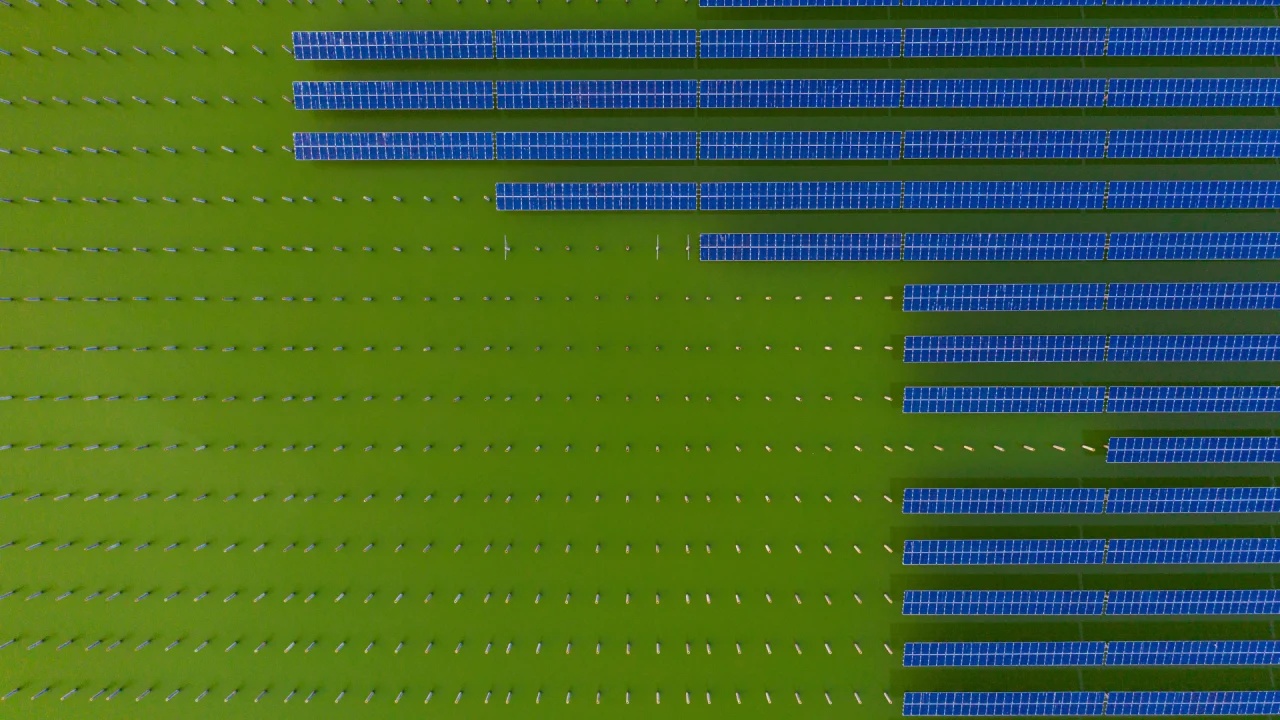


































































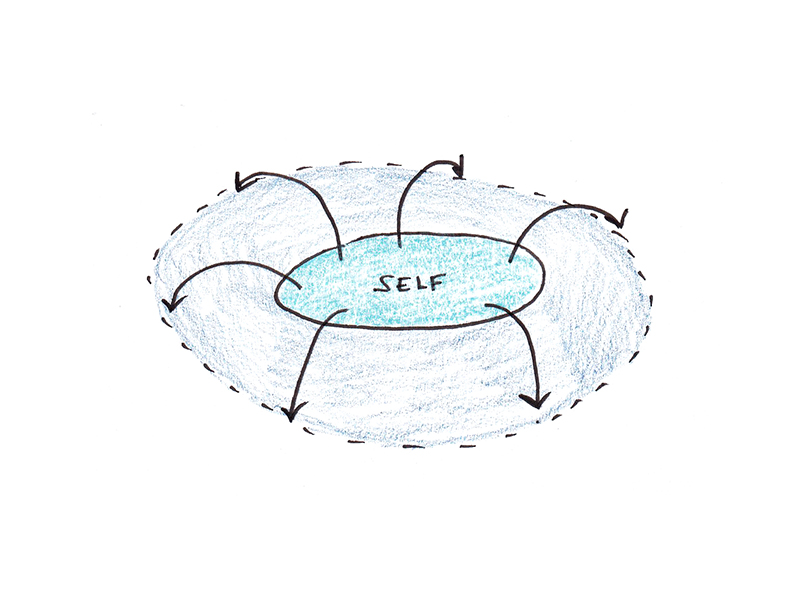





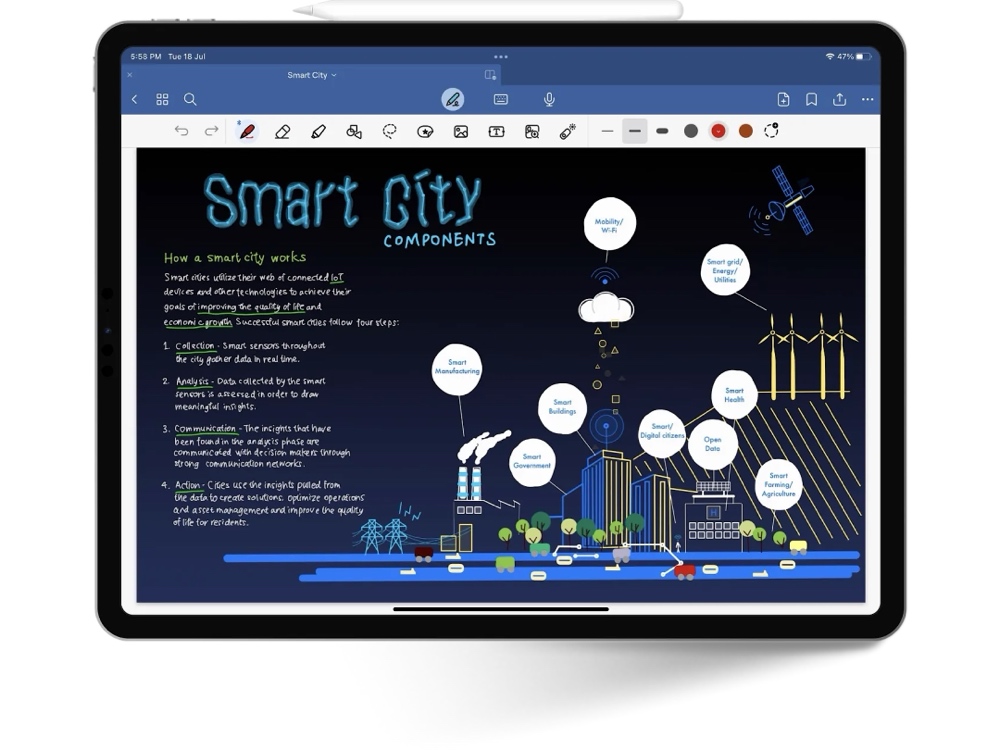


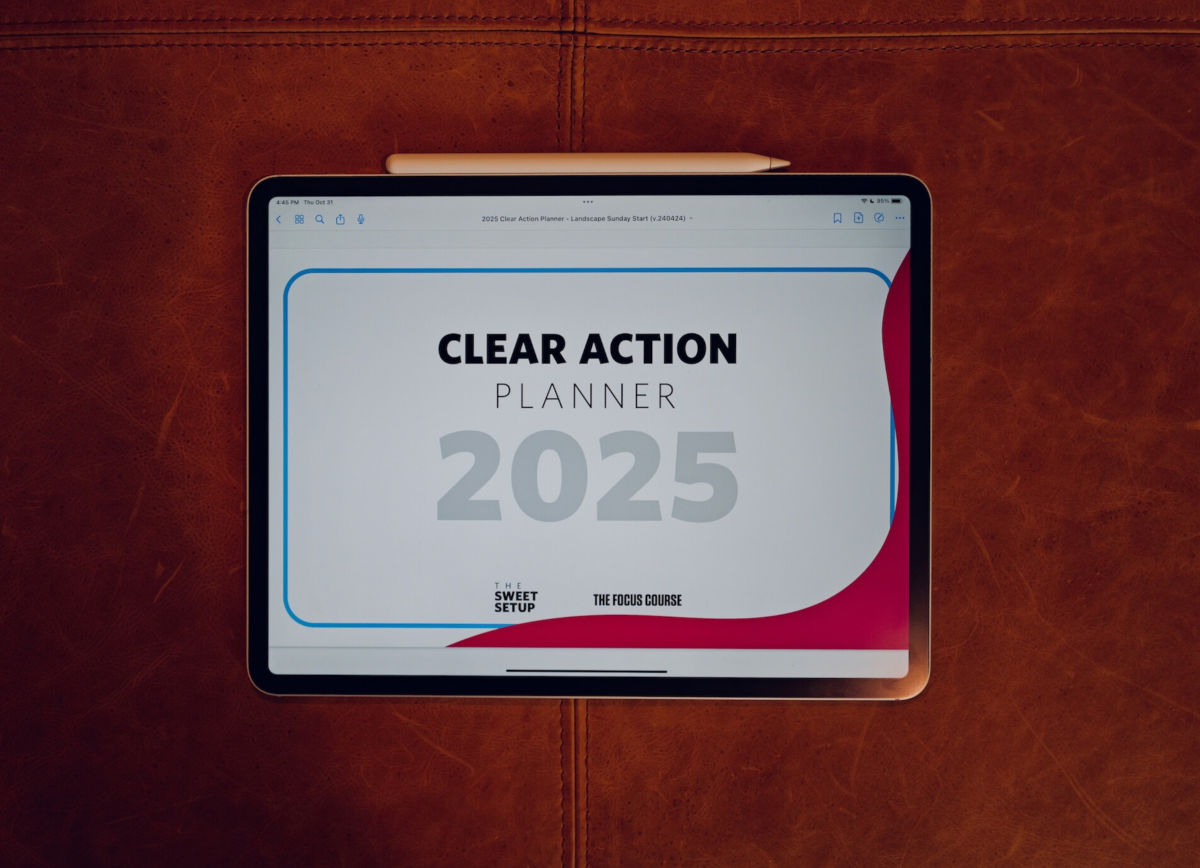
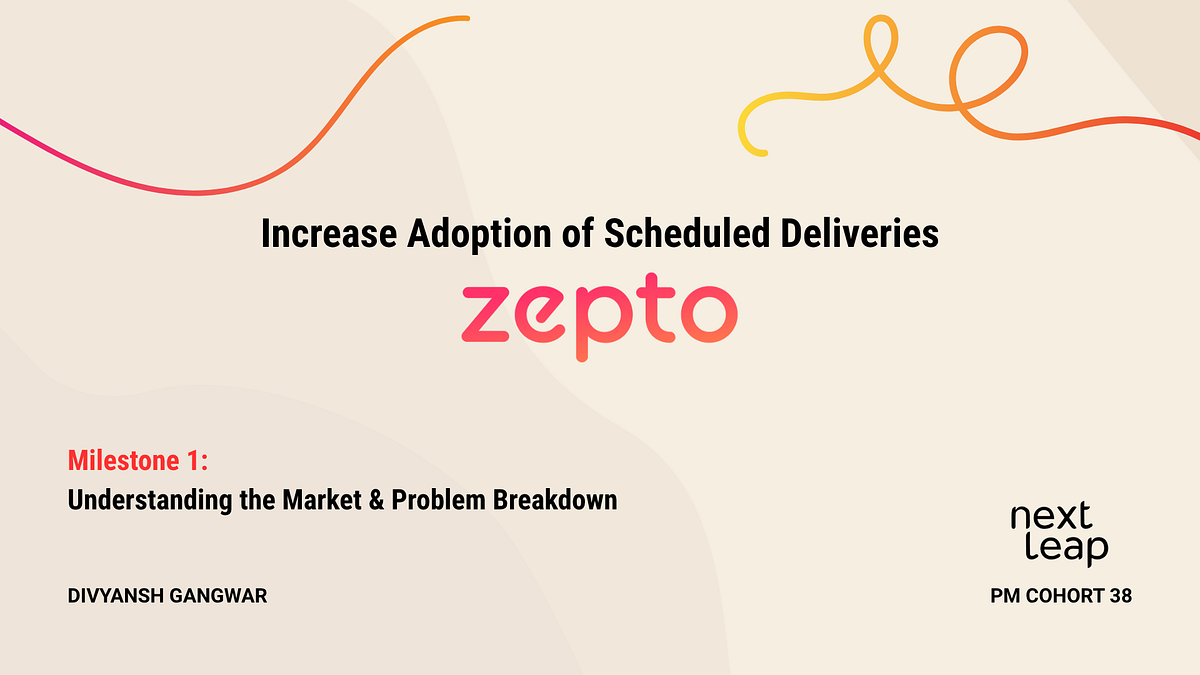
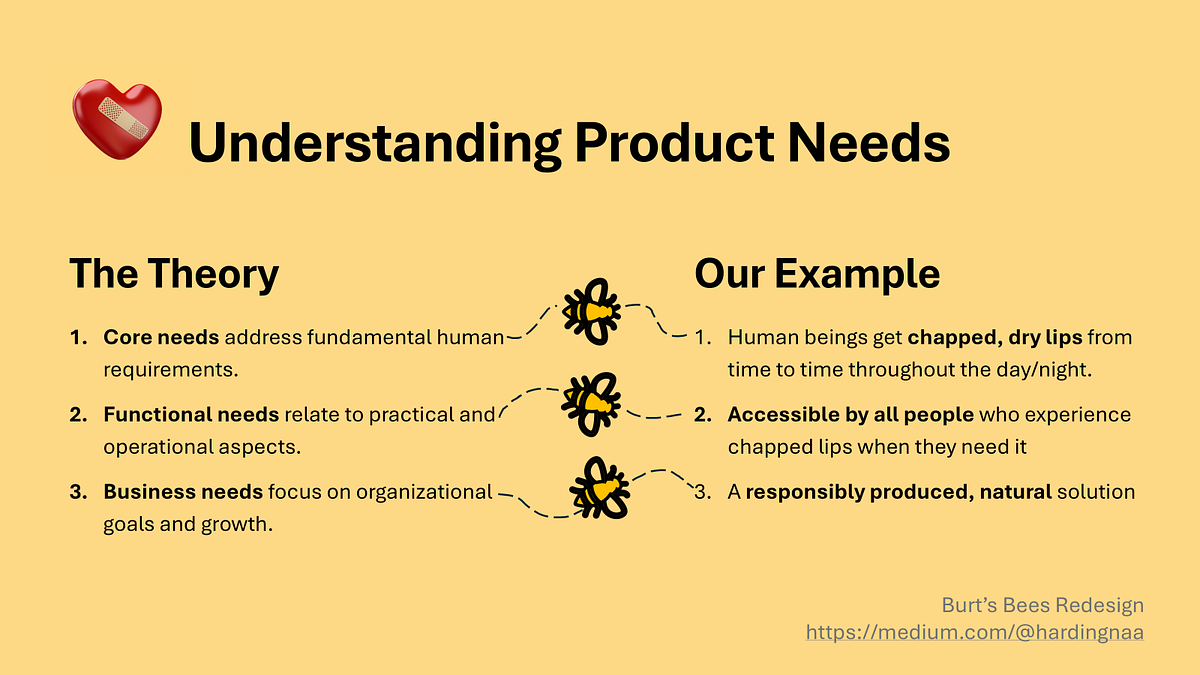



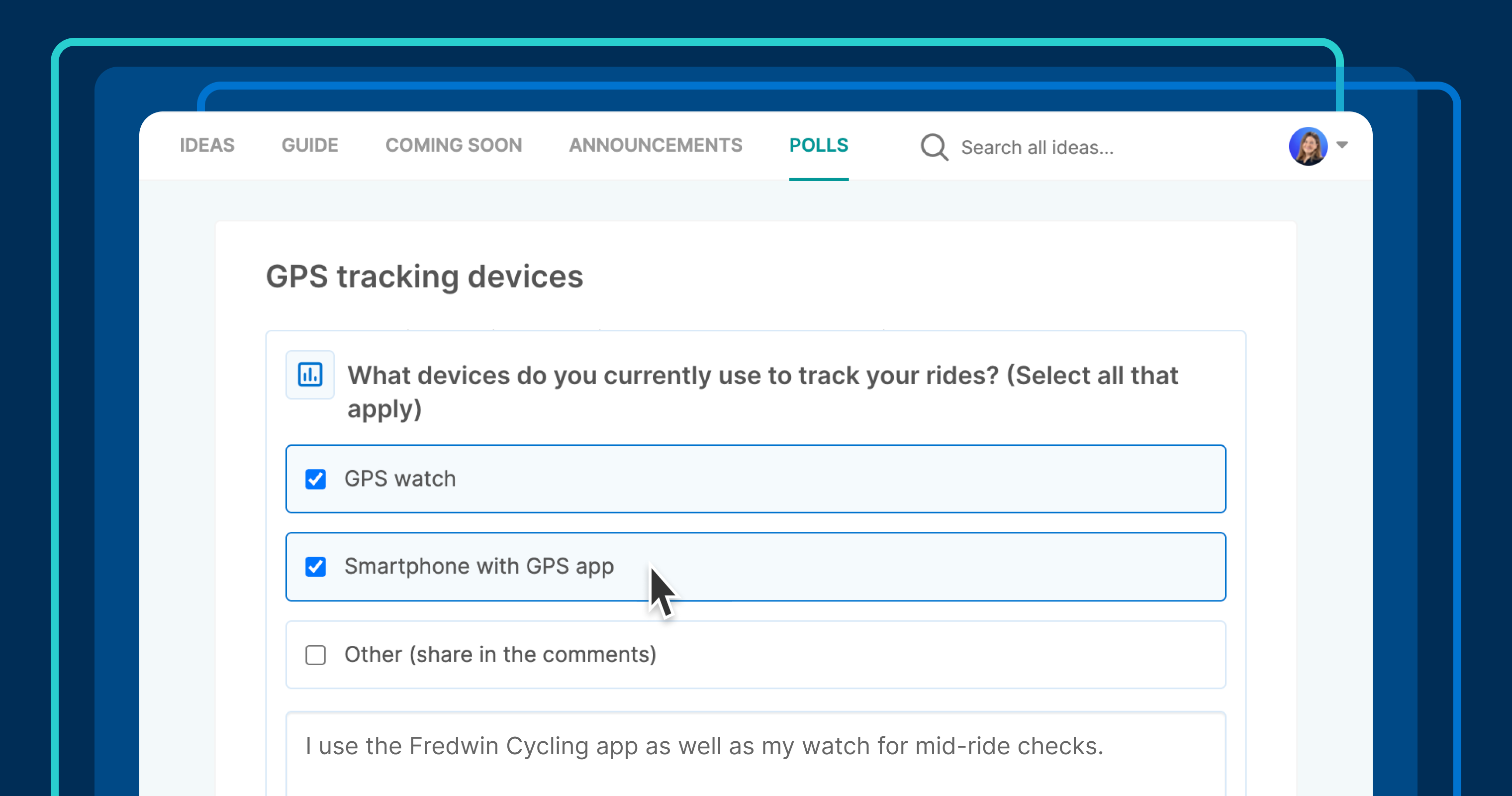








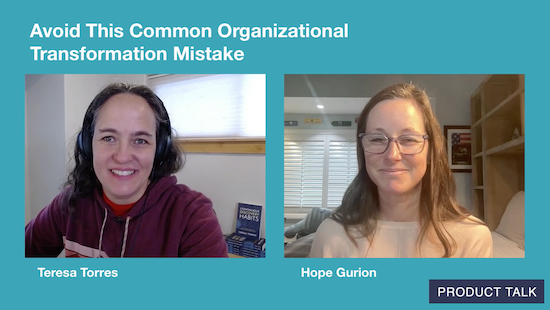










![Building A Digital PR Strategy: 10 Essential Steps for Beginners [With Examples]](https://buzzsumo.com/wp-content/uploads/2023/09/Building-A-Digital-PR-Strategy-10-Essential-Steps-for-Beginners-With-Examples-bblog-masthead.jpg)





























![Senior Support Engineer - US West [IC3] at Sourcegraph](
https://nodesk.co/remote-companies/assets/logos/sourcegraph.f91af2c37bfa65f4a3a16b8d500367636e2a0fa3f05dcdeb13bf95cf6de09046.png
)




















